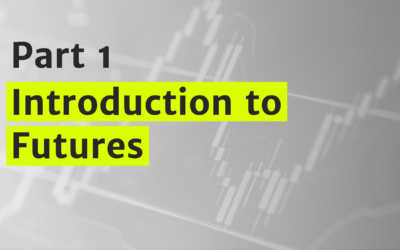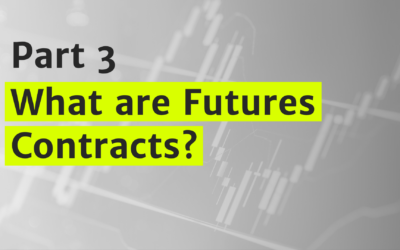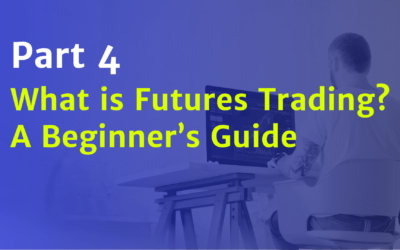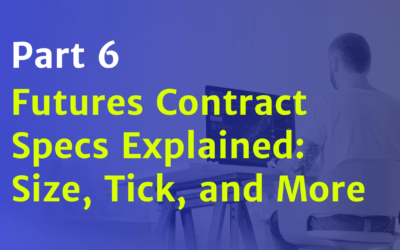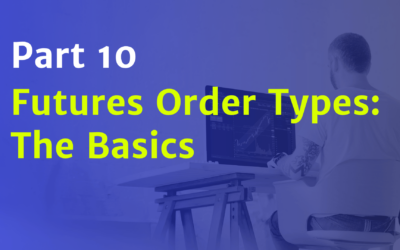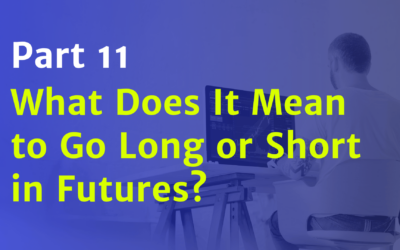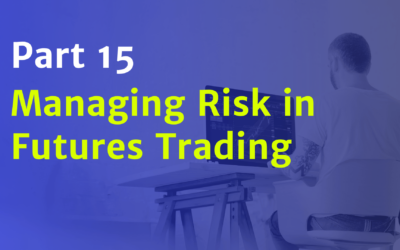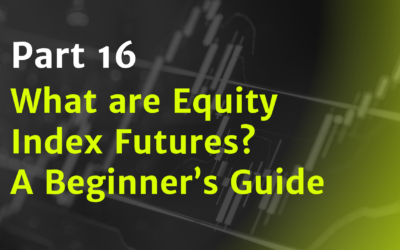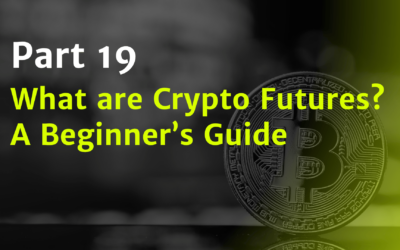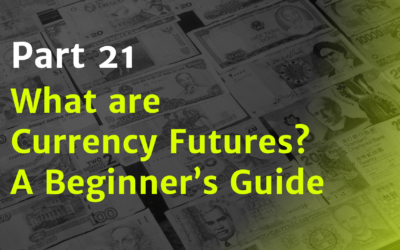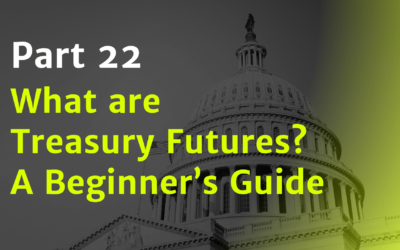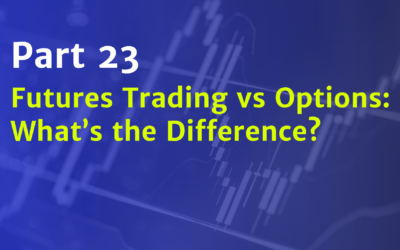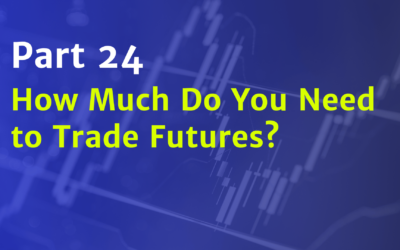Learn Everything You Need to Know About Futures
Browse our free futures education series, built for beginners and active traders alike. When you’re ready to take the next step, you can open a live or demo account!
Introduction to Futures
Futures are standardized contracts to buy or sell assets later at a set price. They’re used for hedging or speculation and offer traders leverage, liquidity, and access to global markets.
The Futures Market: An Overview
The futures market is a global trading ecosystem where participants buy and sell contracts on assets like oil, indexes, and currencies. It offers nearly 24-hour access, deep liquidity, and regulated transparency.
What are Futures Contracts?
A futures contract is a standardized agreement to buy or sell an asset at a set price in the future. Traders use them to speculate, hedge risk, or manage exposure.
What is Futures Trading? A Beginner’s Guide
Futures trading involves buying and selling contracts tied to assets like oil, gold, or indexes. It offers leverage, nearly 24-hour access, and strategies for speculation, hedging, and risk management.
How to Read Futures Contract Symbols
Futures contract symbols show what you’re trading and when it expires. Learn how to decode root symbols, month codes, and year indicators so you can find and trade contracts accurately.
Futures Contract Specs Explained: Size, Tick, and More
Futures contract specs define everything from size and tick value to trading hours and settlement. Knowing these details helps traders manage risk, calculate exposure, and avoid surprises at expiration.
What is Margin in Futures and How Does It Work?
Margin in futures is a deposit that lets you control large positions with a small upfront cost. It enables leverage but also introduces risk, making margin management critical to success.
Futures Contract Expiration Explained
Futures contracts expire on set dates, triggering either cash settlement or physical delivery. Traders must manage positions before expiration to avoid surprises, often by closing or rolling into a new contract.
How To Use Futures Market Data for Trading
Futures market data includes price, volume, open interest, and more. Learning how to read this data helps traders analyze trends, manage trades, and make more informed decisions in real time.
Futures Order Types: The Basics
Futures order types like market, limit, and stop let you control how and when trades are executed. Each type helps manage price, timing, and risk based on your strategy.
What Does It Mean to Go Long or Short in Futures?
Going long means buying a futures contract expecting prices to rise. Going short means selling first, aiming to profit from a drop. Both allow traders to act on bullish or bearish views.
What Is an Active Futures Contract?
An active futures contract is the one with the highest volume and liquidity. It is usually the nearest expiration and offers the best execution, tightest spreads, and most accurate price action.
What is Mark to Market in Futures?
Mark to market is the daily process of updating your account based on open futures positions. Gains are credited, losses are debited, and margin requirements are enforced in real time.
What is a Futures Margin Call?
A futures margin call occurs when your account falls below the required margin. To continue trading, you must deposit more funds, reduce your position, or risk having it liquidated by your broker.
Managing Risk in Futures Trading
Managing risk in futures trading means setting rules to limit losses and protect capital. Tools like stop orders, position sizing, and leverage control help traders stay disciplined and avoid emotional decisions.
What Are Equity Index Futures? A Beginner’s Guide
Equity index futures let you trade the overall stock market using contracts tied to indexes like the S&P 500 or Nasdaq-100. They offer leverage, liquidity, diversification, and nearly 24-hour access.
What are Energy Futures? A Beginner’s Guide
Energy futures let you trade price movements in crude oil, natural gas, and gasoline. These contracts offer leverage, liquidity, and nearly 24-hour access without needing to handle physical commodities.
What are Metals Futures? A Beginner’s Guide
Metals futures let you trade price movements in gold, silver, copper, and platinum. These contracts offer leverage, liquidity, and real-time exposure without handling physical metals or tying up large amounts of capital.
What are Crypto Futures? A Beginner’s Guide
Crypto futures let you trade Bitcoin, Ether, and more without owning the coins. These contracts offer leverage, nearly 24-hour access, and regulated exposure through CME-listed products on MetroTrade.
What are Agricultural Futures? A Beginner’s Guide
Agricultural futures let you trade or hedge commodities like corn, soybeans, and cattle. These contracts provide access to global food markets with leverage, liquidity, and tools for both speculation and risk management.
What are Currency Futures? A Beginner’s Guide
Currency futures let you trade global exchange rates like EUR/USD or JPY/USD in a regulated format. These contracts offer leverage, nearly 24-hour access, and tools for both speculation and hedging.
What are Treasury Futures? A Beginner’s Guide
Treasury futures let you trade the future value of U.S. government bonds. These contracts offer leverage, deep liquidity, and a way to manage interest rate risk or speculate on economic policy.
Futures Trading vs Options: What’s the Difference?
Futures and options are both powerful trading tools. Futures offer direct price exposure and simplicity, while options provide defined risk and flexibility. Choosing between them depends on your goals and risk tolerance.
How Much Do You Need to Trade Futures?
Futures trading is more accessible than ever. Thanks to micro contracts and low margin requirements, you can start trading with a small account, sometimes with just a few hundred dollars.


